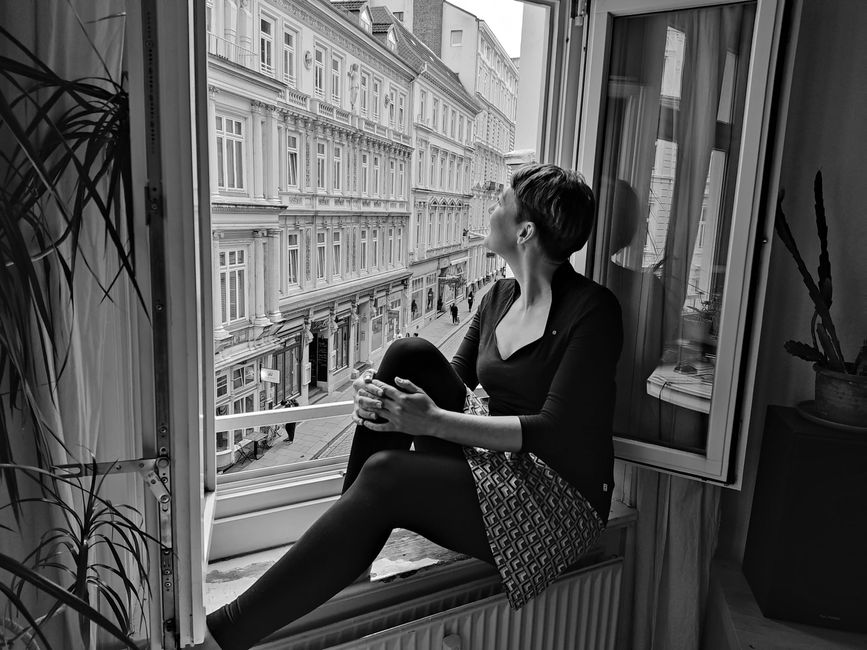The Regensburg Ganghofersiedlung. Or: Bavaria's little Ukraine
Diterbitkeun: 19.07.2024
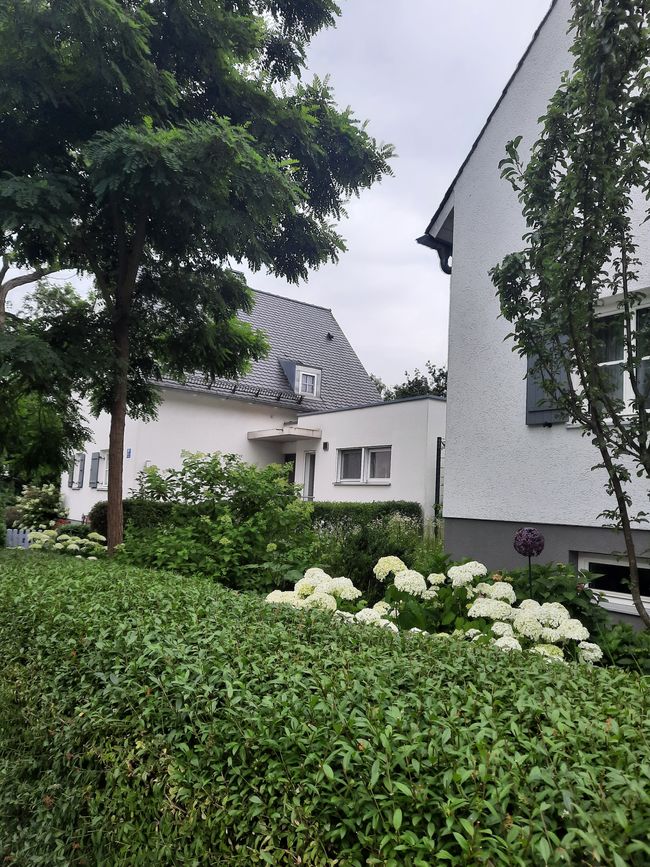
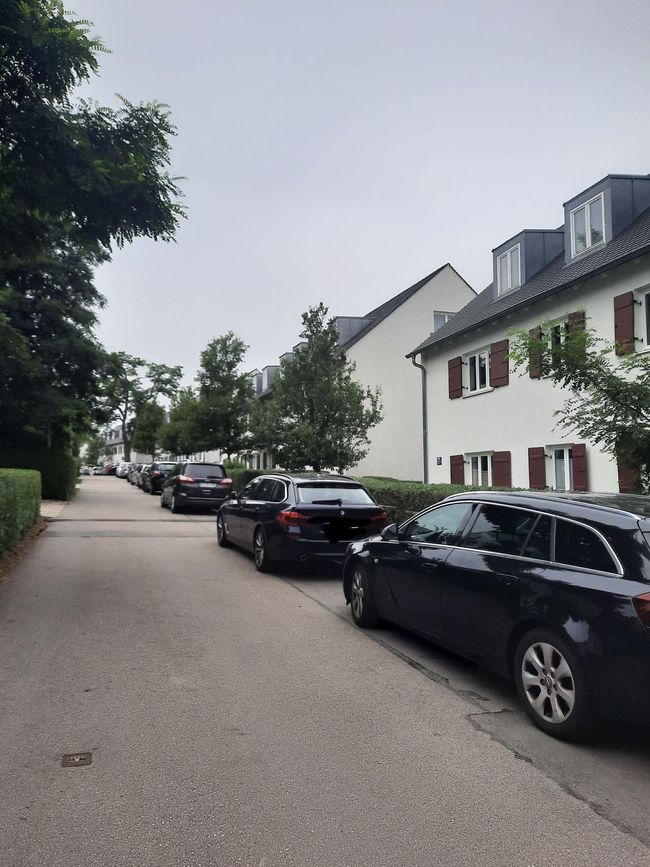
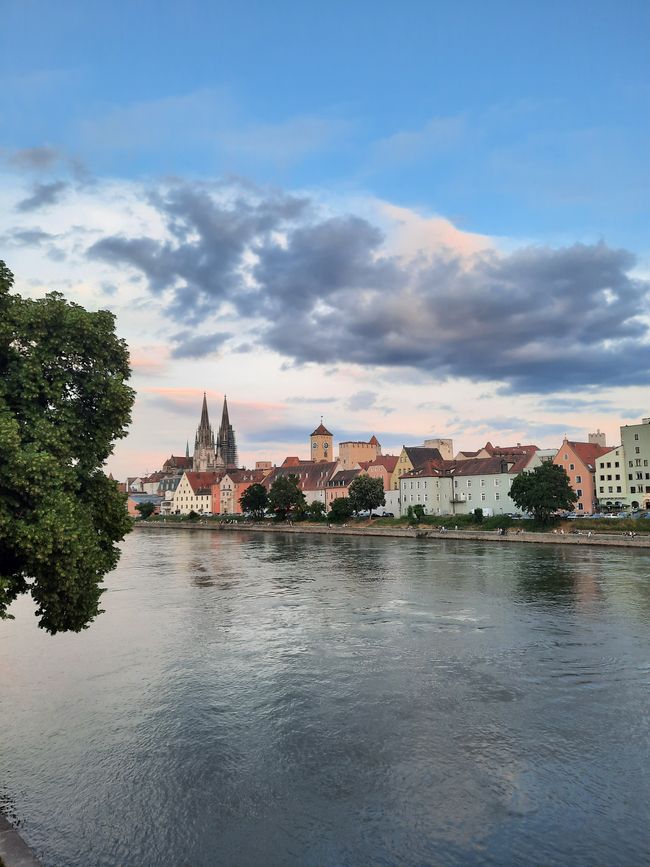
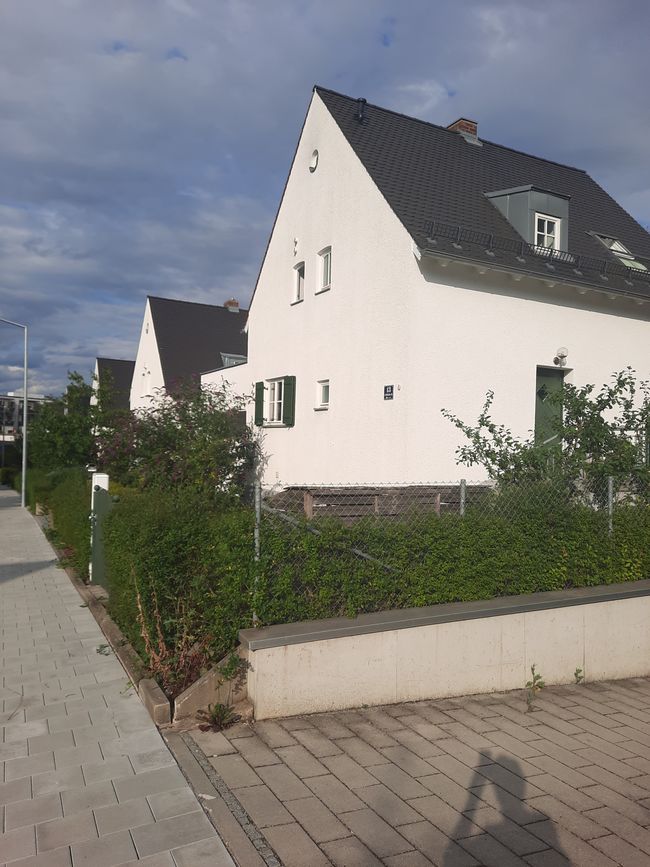
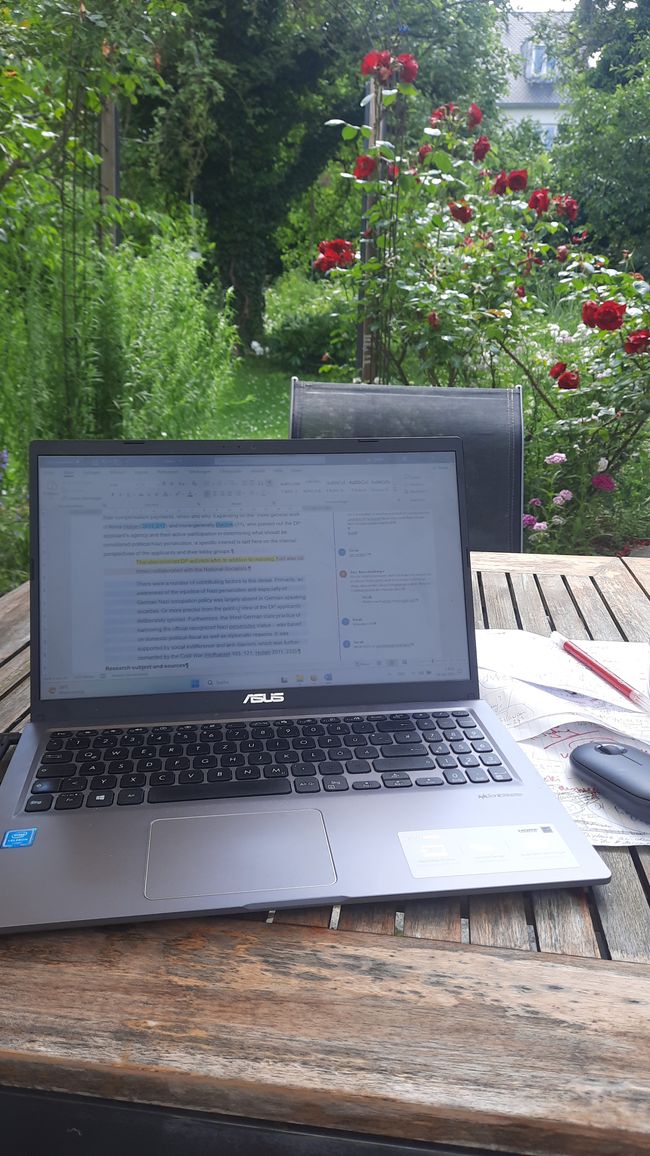
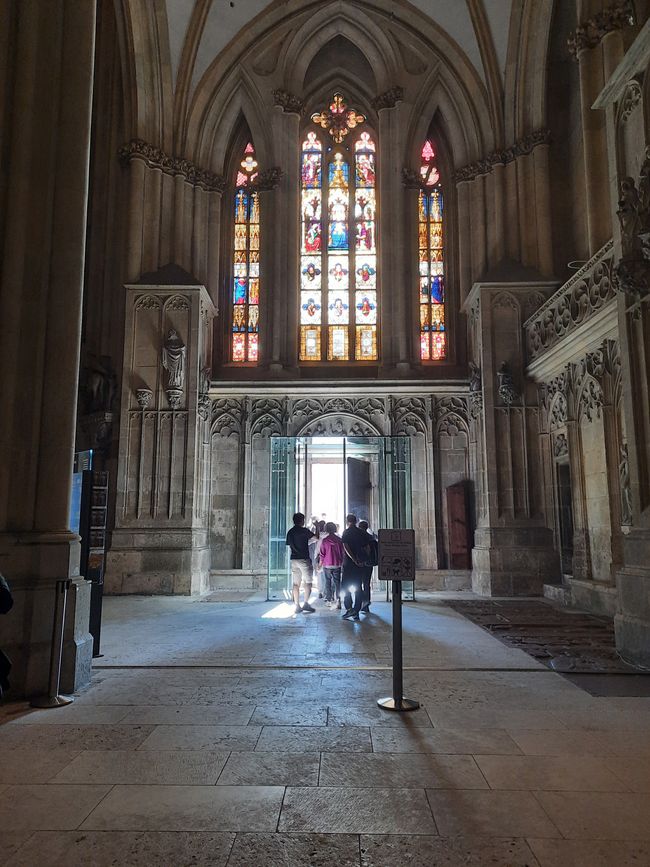
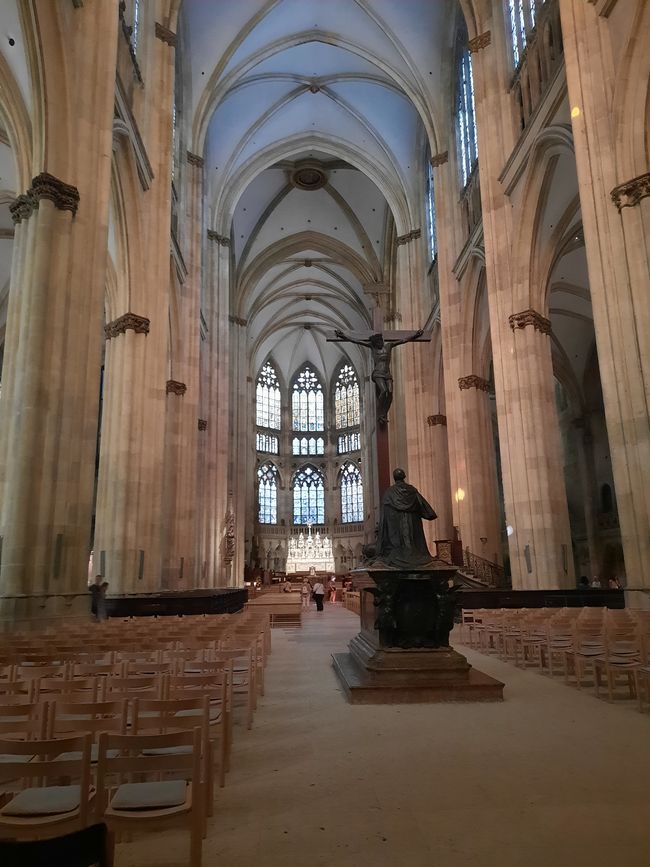
Ngalanggan Newsletter
A beautiful housing development, 10 minutes by bike to the old town. Trees, large gardens, birdsong, sometimes green, sometimes red, sometimes brown shutters; small walkways between the sometimes larger apartment buildings, sometimes smaller single-family houses.


After the Second World War, over 5,000 Ukrainian displaced persons (DPs) lived here in Regensburg's Ganghofersiedlung. In addition, many people from Poland, Lithuania, Latvia, Estonia and southern Europe were stranded in the city on the Danube. - The writer Natascha Wodin , herself a descendant of a DP, also described herself and her parents as stranded people, even as "human detritus", somehow left over from the war, as the filth of history.
Regensburg played a role again and again on my journey to and about displaced persons. Not only because my case study with Flossenbürg is about 100km away, but also because Regensburg played a significant role in the beginning of the Cold War. The city was one of the great gateways to the West - as well as to the East. Spies and secret services were all represented here and the illegal movement of people, material and goods was omnipresent in Regensburg in the immediate period after the Second World War.
The Ganghofersiedlung was a central location, especially for Ukrainians who refused to return to Soviet Ukraine.
I have met many “former” residents of this settlement in Canada and the USA, but also in Australia in recent years. Actually, everyone told me enthusiastically about their childhood and youth in the Ganghofer settlement in Regensburg. It was considered a small Ukraine and for many it was a refuge from Soviet repression. A network of acquaintances and friendships developed that lasted for many decades. Especially after the end of the Cold War, in the 1990s and 2000s, a new home tourism trend arose for Ukrainians in exile not only to Ukraine, but also to Regensburg. On certain anniversaries, former DPs from the Ganghofer settlement met both here and in North America. Even today, “former” residents or their children and grandchildren occasionally stroll through the settlement after a long journey.
But part of the story is also that among the DPs there were people who had fought under duress, as well as knowingly and voluntarily, or even temporarily on the side of Nazi Germany. The Soviet Union viewed DPs across the board as Nazi collaborators and traitors. The Ukrainians and Balts in particular, and even today this narrative is propagated almost daily in Russia - and extended to today's Ukraine and "proven" historically.
Those who did indeed collaborate with the German Nazis often said that they had "only" supported the lesser evil. Their main enemy was communism and thus the Soviet Union. [See, for example, this blog post on Australia and anti-communism from February 2024]
At the same time, however, it is also a fact that DP descendants often completely ignore, even to this day, the fact that Ukrainian nationalists murdered tens of thousands of Jewish and Polish Catholic neighbors as well as actual and alleged communists in Eastern Europe. Among the residents of the Ganghofersiedlung, for example, was Ivan Demjanjuk, who had joined the guards of German concentration and extermination camps. Part of his story is also that he had previously been drafted into the Soviet army and then taken prisoner of war by the Germans. Millions of these Soviet male and female prisoners of war died miserably, starved to death, or were shot directly. Those who survived this were put to hard forced labor. Some were offered a "release" from captivity if they "voluntarily" joined German troops or "decided" to "train" in concentration camp guards. However, this does not cover up the murders and war crimes committed by those from Eastern Europe who at least temporarily made pacts with the Germans. Difficult. Complex history.
The various DP groups in Regensburg, with very different origins and war experiences, were numerically dominated by the Ukrainians in "their" settlement, on the hill south of the old town. For the Ukrainian and thus often non-German-speaking women, men, children and young people, however, the name "Ganghofersiedlung" was foreign and, above all, often unpronounceable. They called the streets Oselia. Before Oselia was forcibly recruited from the German residents by the US liberators and then "occupied" with DPs, there was a previous history, that of a Nazi model workers' settlement. This has a very different history and would go too far at this point.
The history of the DPs is complicated enough: the Ukrainians shaped the settlement for years after 1945. There were schools, training places, choirs, theater groups; the street names were Ukrainianized. Newspapers and books in Ukrainian appeared. The elected and self-proclaimed Ukrainian DP elite attached great importance to strengthening their own national consciousness. The other DP groups did exactly the same, although mostly in a slightly different location in Regensburg. The lives of the various ethnic groups as well as of the DPs in general with regard to the Bavarian local population and the many German-speaking refugees and "expellees" often ran parallel to one another, mostly in competition and almost constantly in open conflict; rarely in cooperation.
For the next few months, my stopover is Regensburg, because this is where my university connection is officially. My backpack is appropriately in the Ganghofersiedlung, my temporary quarters. In addition to writing, I have “orders” from descendants in Australia. “My older brother was born in Regensburg and died there as a small child. I never met him. Can you check whether the grave is still there?” someone asked me at the beginning of the year in Adelaide. A little later in Melbourne, I met a Polish descendant who gave me his entire private archive. He was baptized in Regensburg Cathedral. When he visited here many years ago, the cathedral was closed for construction work. He is still disappointed by this to this day. “Would you send me a photo of the baptismal font? I always wanted to see it,” Staś, now almost 80, told me. There is no longer a baptismal font in the cathedral, as I found out. But there are a few photos of the interior of the cathedral - at least something.

Ngalanggan Newsletter
Waleran
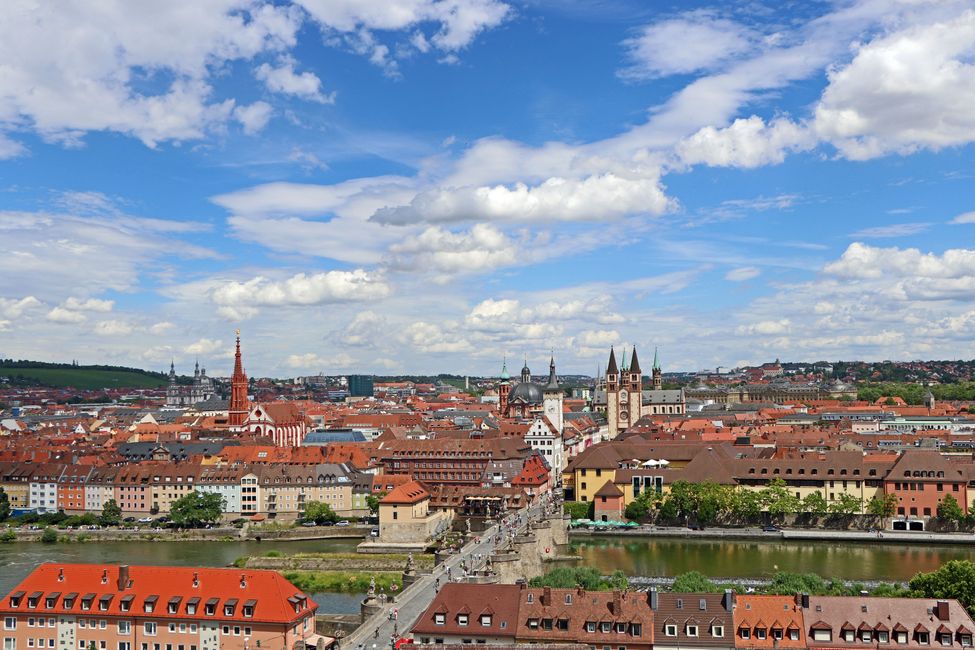
Laporan perjalanan Jérman

